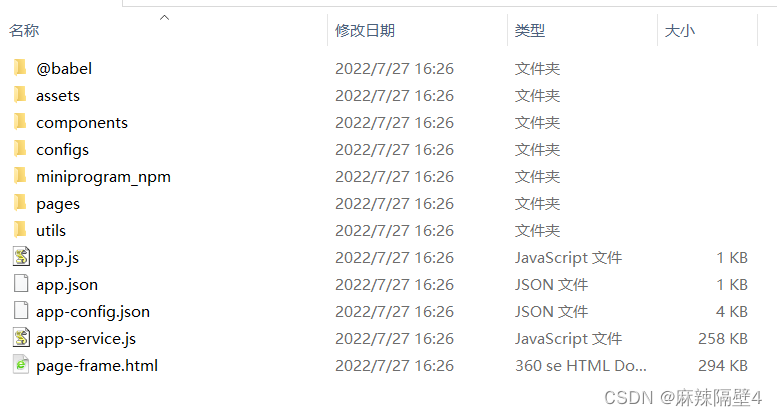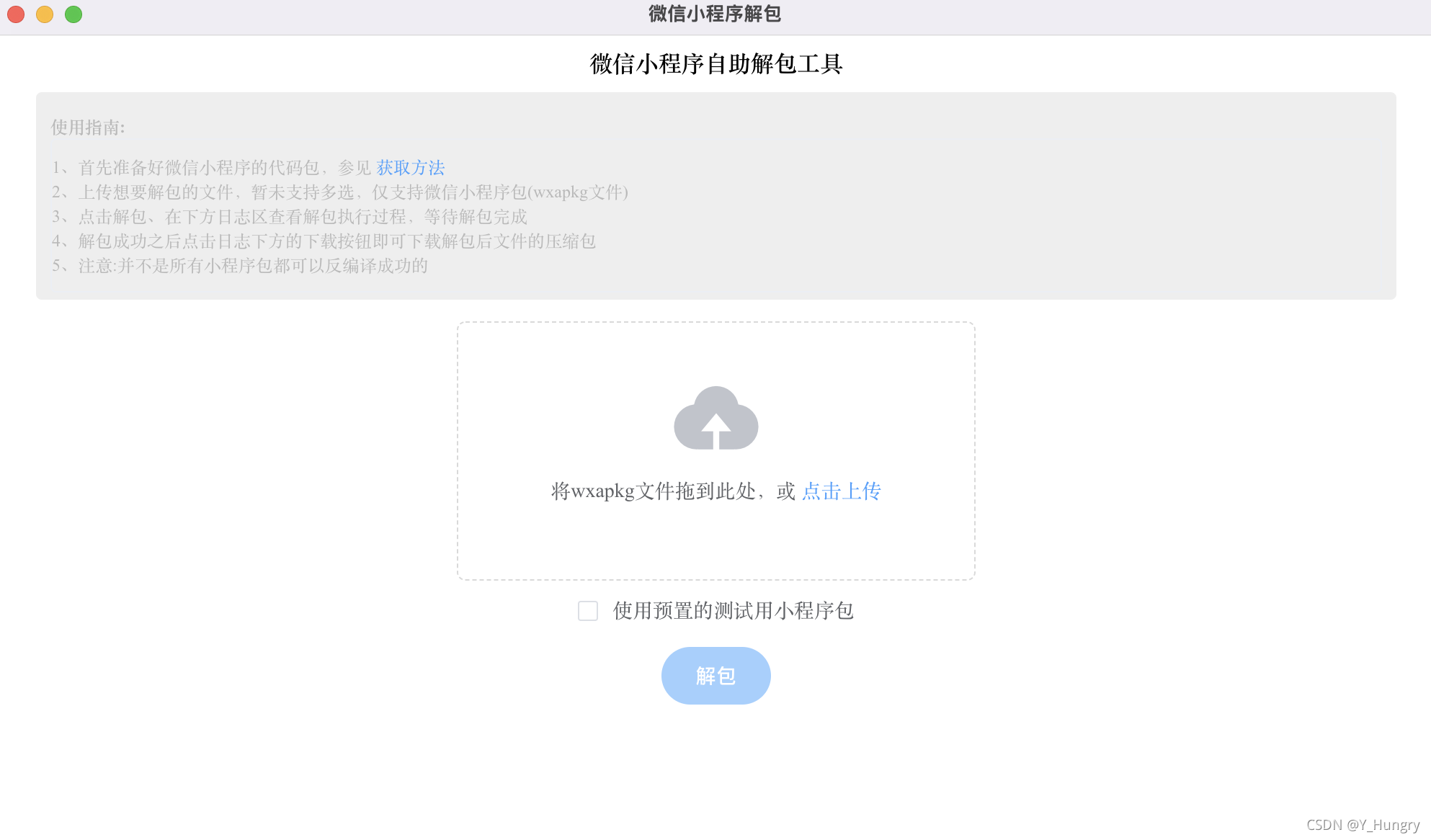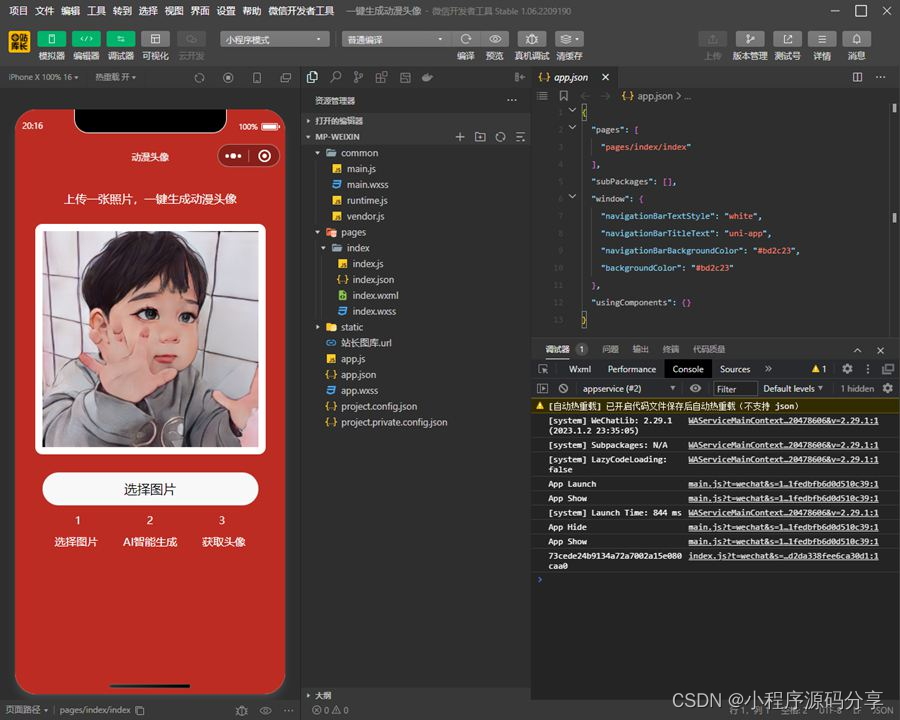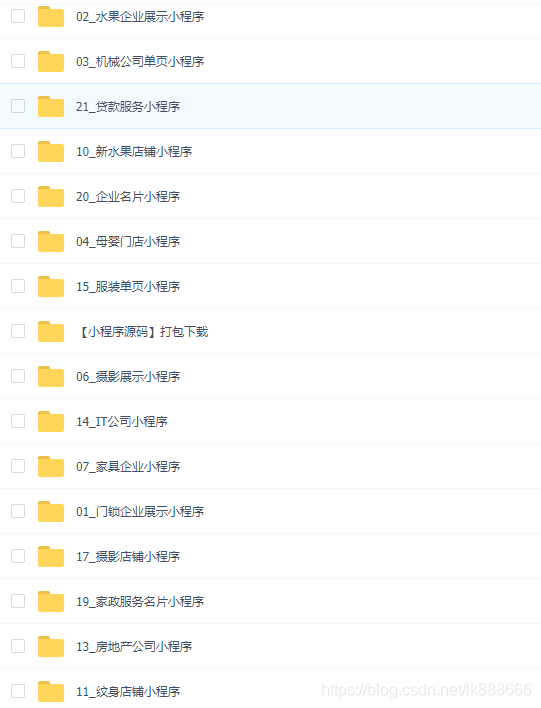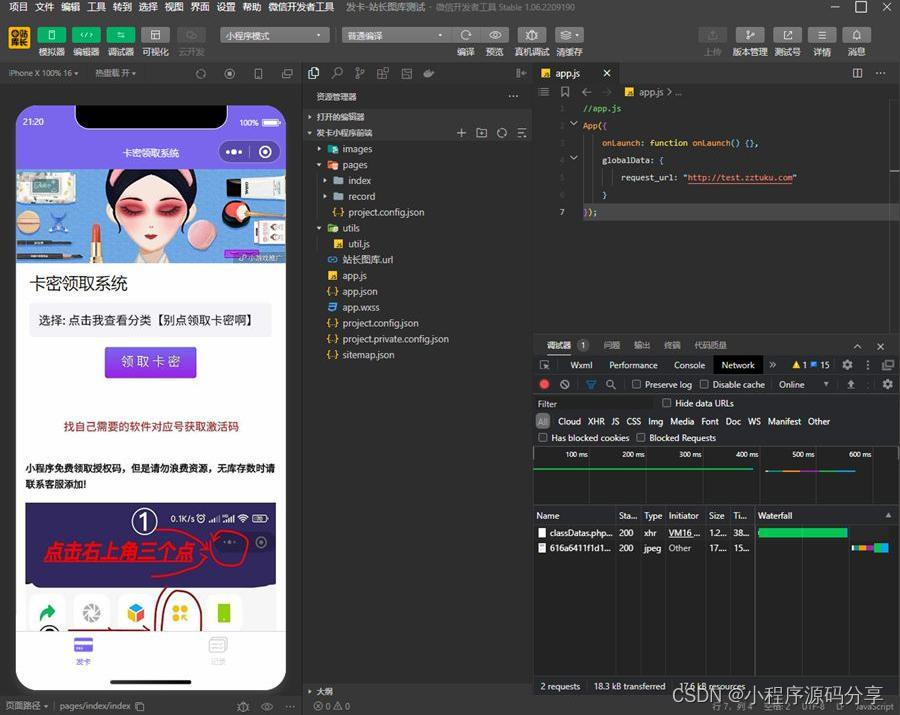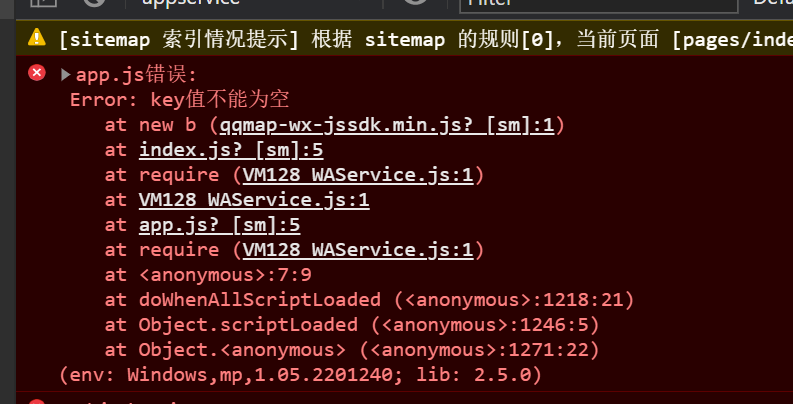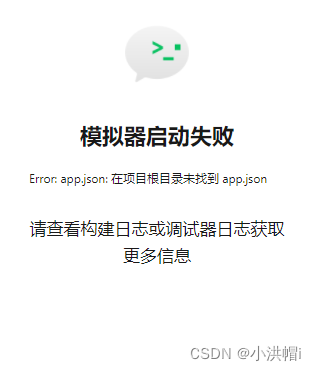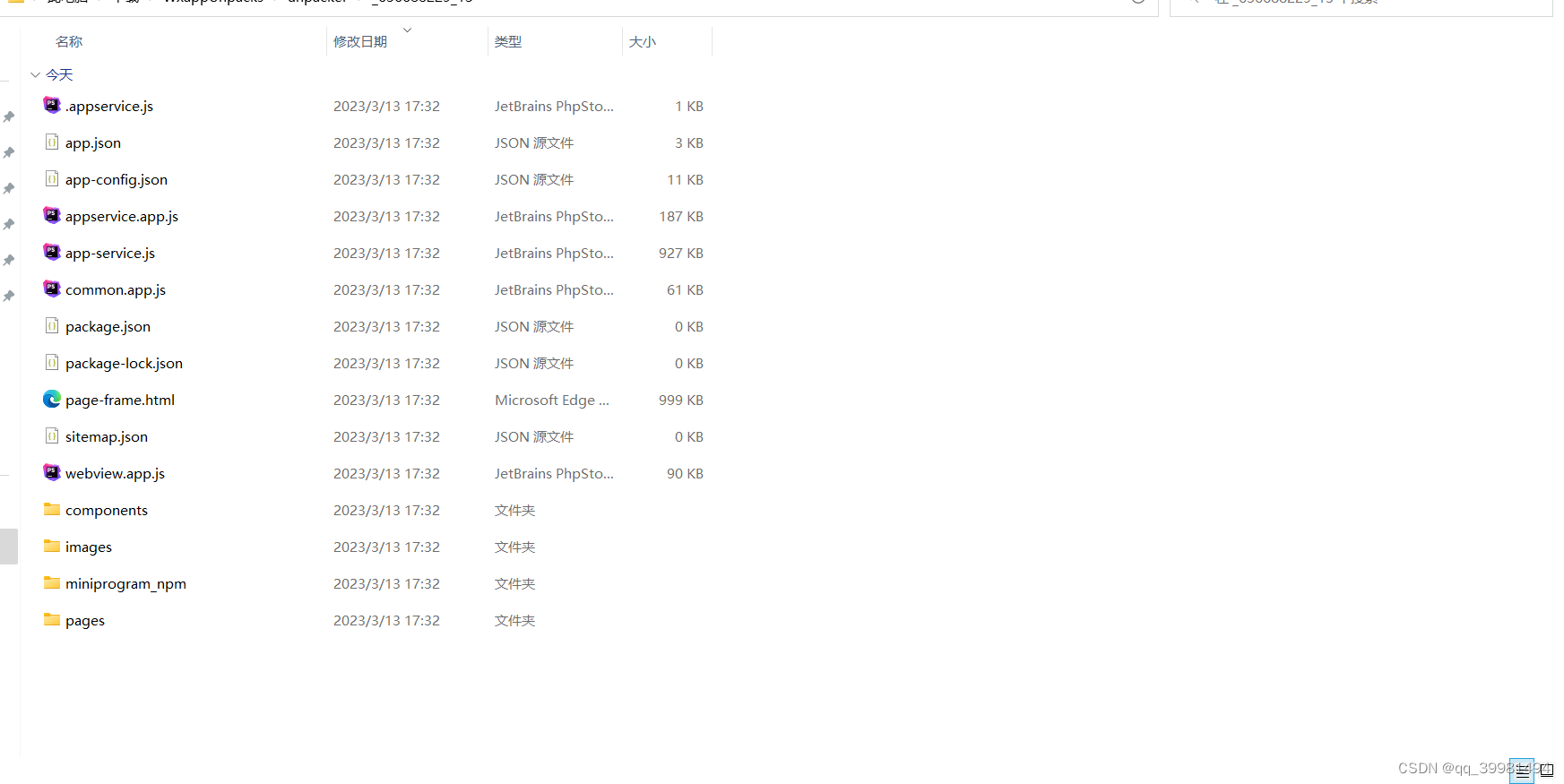字符串中的字符变成一位一位的01比特流
一个英文字符占8比特,也就是一个字节
一个中文字符占24比特,也就是3个字节(其实不同编码方式,占几个字节不一样,我们这里采取的UTF-8编码方式,具体可以看下图:)
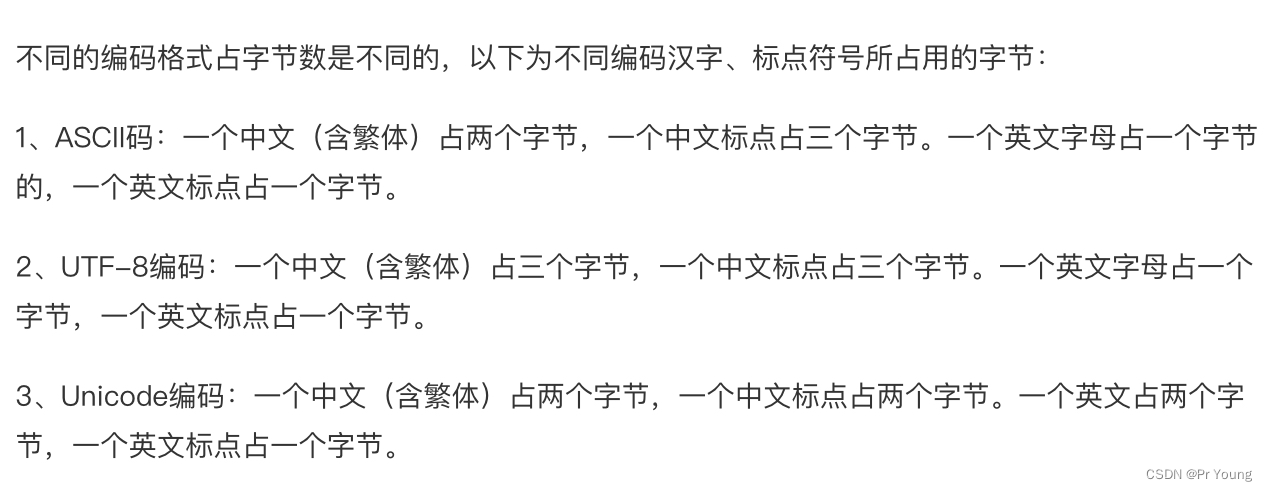
而byte[ ] byte数组里面存的就是每个字节(8位)表示的数字
所以一个英文字符(8比特)只需要1个byte数组的元素就能存下来
而一个中文字符(24比特)需要3个byte数组的元素才能存下来
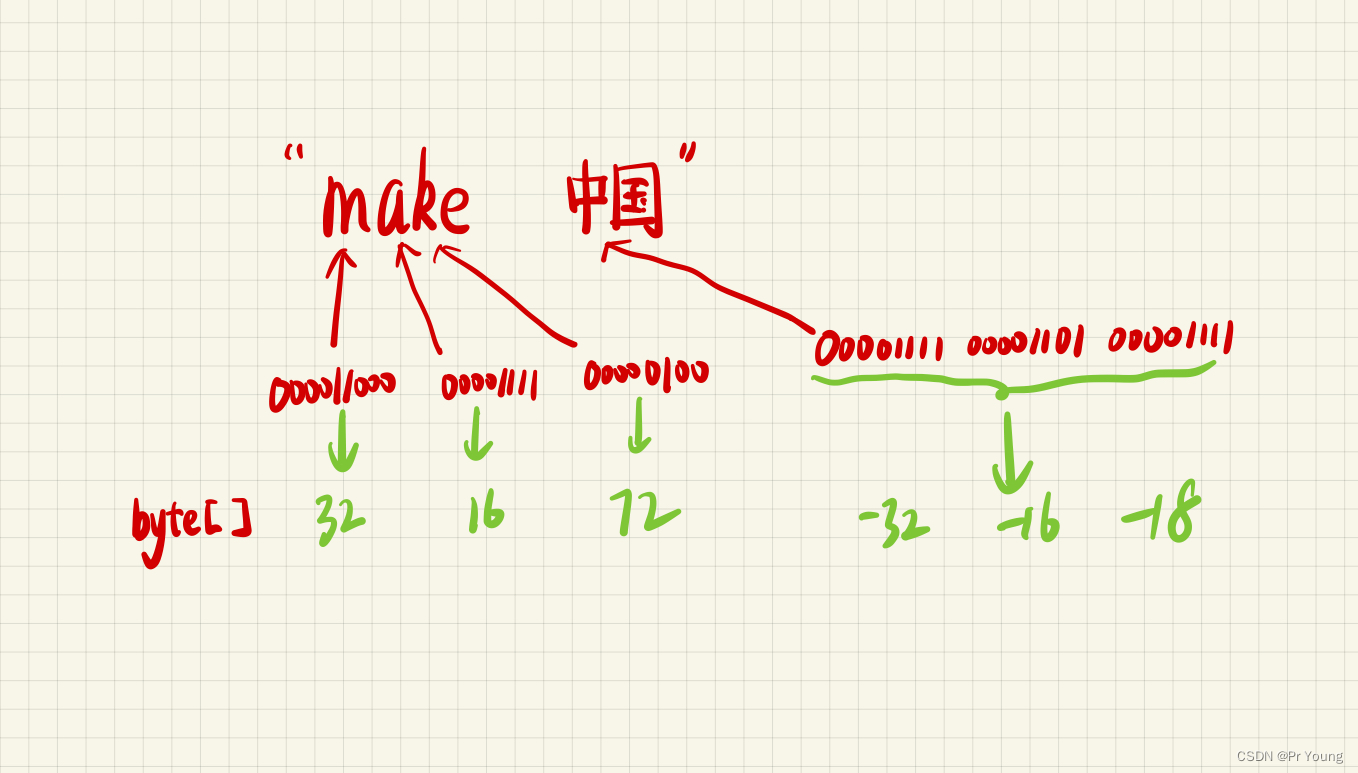
看下面这个例子:
public class test2
{public static void main(String[] args){String str="test a,中国,% @";//t:116 e:101 s:115 t:116 空格32 逗号:44 % 37 @ 64//汉字比较特殊一些:需要16比特来存储,也就是需要两个字节来存储//中:-28 -72 -83 国:-27 -101 -67 中文逗号:-17 -68 -116byte[] bytes=str.getBytes();for(int b:bytes){System.out.println(b);//得到:116 101 115 116 32 97 44 -28 -72 -83 -27 -101 -67 -17 -68 -116 37 32 64}}
}}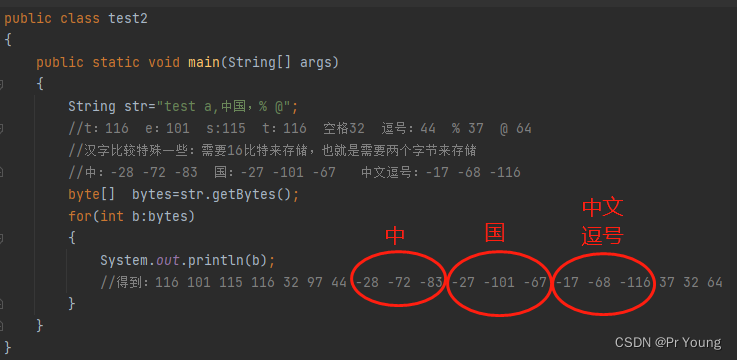
附上ASCII表
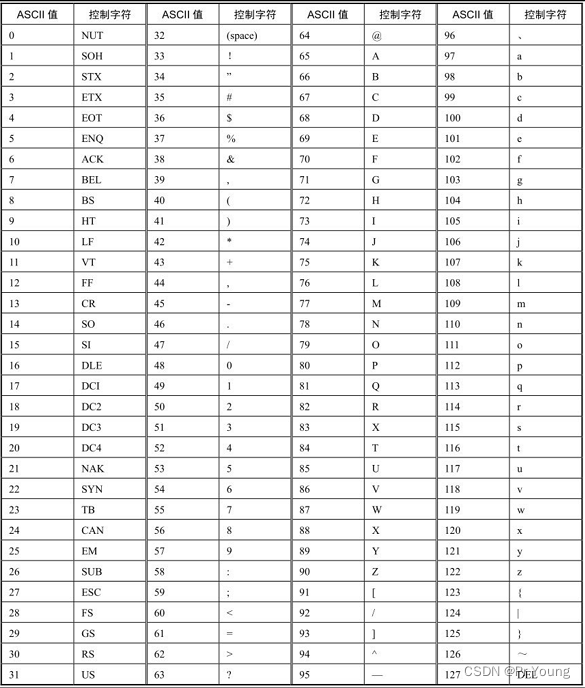
//输入一串字符(包括汉字,数字,空格,英文字母.....)分别统计出各类的个数
public class test
{public static void main(String[] args) throws IOException{String string=new String("");int hanzi=0;//统计汉字的个数int zimu=0;//统计字母的个数int kongge=0;//统计空格的个数int shuzi=0;//统计数字的个数int qita=0;System.out.println("请输入一行字符:");//下面两行代码的意思是:第一行:先将字符串放到缓冲区里面// 第二行:然后将缓冲区的字符串赋给string,这样string就等于我们刚才输入的字符串BufferedReader br=new BufferedReader(new InputStreamReader(System.in));string=br.readLine();byte[] bytes=string.getBytes();for(int i=0;i<bytes.length;i++){//System.out.println(bytes[i]);if((bytes[i]>=65&&bytes[i]<=90)||(bytes[i]>=97&&bytes[i]<=122)) zimu++;else if(bytes[i]==32) kongge++;else if(bytes[i]>=48&&bytes[i]<=57) shuzi++;else if(bytes[i]<0) hanzi++;else qita++;}System.out.println(zimu);System.out.println(hanzi/3);System.out.println(kongge);System.out.println(shuzi);System.out.println(qita);// 最终的输入输出如下:// java真是太棒了!! wotaixihuanle 123456// 17// 5// 4// 6// 2}
}




